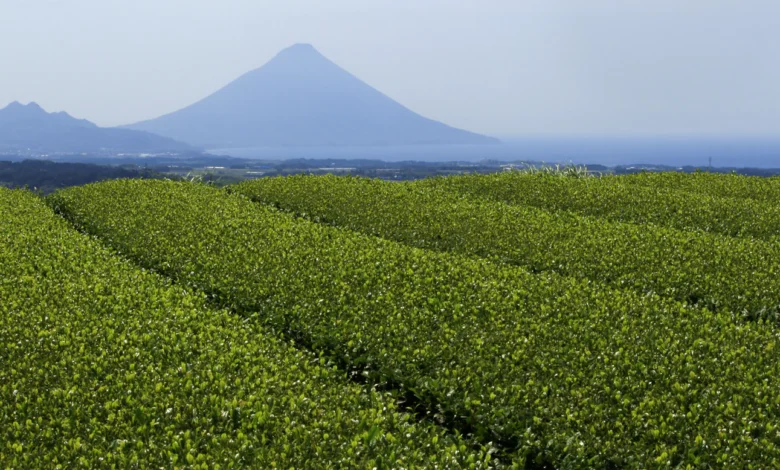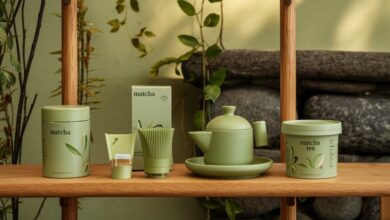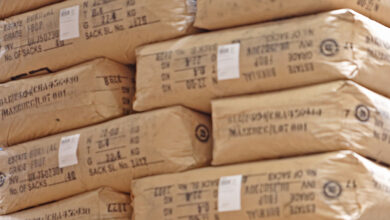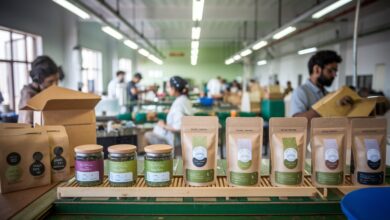How I Started My Organic Matcha Business in India (And What I Learned)

Introduction
Starting an organic matcha business was never part of my original plan. I come from a small farming family in Assam, where tea is part of our everyday life. But as I learned more about organic methods, mindful living, and the growing global love for matcha, I realized this could be more than just a crop — it could be a brand.
In this article, I’ll share how I started my matcha business, step-by-step, with simple language and real-life lessons. If you’re a farmer, entrepreneur, or just someone looking to build a green business in India, I hope this guide gives you clarity and motivation.
Why Matcha? Why Now?
The global demand for matcha is growing fast — especially in the US, Europe, and urban India. People want healthy, clean, and energizing drinks. Matcha ticks all the boxes:
- High in antioxidants (like EGCG)
- Gives calm energy (thanks to L-theanine)
- Good for weight loss, focus, and skin
But there’s a catch: Not all green tea can become matcha. It needs special care — especially shade-growing, steam-processing, and stone-grinding.
That’s where I saw the opportunity: to produce authentic, organic matcha directly from India.
Step 1: Learning the Basics of Matcha Cultivation
Before I spent any money, I spent time.
I visited farms in Assam and Nilgiris, read Japanese farming blogs, and even joined free webinars. I learned key matcha practices like:
- Shading the tea plants 20–30 days before harvest
- Harvesting only the youngest, top two leaves
- Avoiding machine rollers (used in regular green tea)
- Using steam, not pan-frying, for processing
This step took me almost 6 months, but it saved me from making costly mistakes later.
Step 2: Choosing Land and Going Organic
I selected one acre of my family’s tea land to test the idea. It already had some shade from silver oak trees, which helped.
For organic farming, I stopped all chemical fertilizers and started using:
- Vermicompost
- Cow dung and cow urine (jeevamrut)
- Neem-based pest control
- Intercropping with tulsi and marigold for pest management
After 2 years of practice and paperwork, I got certified under NPOP (India) and later NOP (USA).
Step 3: Setting Up Small-Scale Processing
Most people think matcha needs big machines. But I started small:
- Steaming unit: Modified pressure cooker with steam outlet
- Drying trays: Bamboo racks under shade
- De-stemming by hand (yes, slow but clean)
- Stone grinding: One Japanese-style stone mill (cost: ~Rs. 1.5 lakh)
I processed only 3–5 kg per week. But the quality? Far better than mass-produced tea.
Step 4: Branding and Storytelling
Once I had good quality powder, I needed a story.
People don’t just buy matcha; they buy meaning. I named my brand something simple and rooted — and built a story around:
- My journey as a small farmer
- Clean, mindful production
- Direct-from-farm freshness
I invested in simple but elegant packaging: resealable kraft pouches, green tones, minimal design.
Step 5: Selling the First 100 Packets
I launched with just 100 packets (30g each). My first customers came from:
- WhatsApp groups (yoga, wellness)
- Instagram (using hashtags like #indianmatcha, #organicmatcha)
- Local yoga studios and cafes
I offered free trials to 10 influencers and got real feedback. Word spread slowly but surely.
What I Learned (And What You Should Know)
- Start small but start clean. Don’t mix organic and non-organic practices.
- Educate your buyers. Most Indians still don’t know how to use matcha.
- Stay transparent. Show your face, your farm, your effort — people trust stories.
- Pricing is tricky. Too cheap = undervalued. Too expensive = less trial.
- Keep learning. Japanese matcha farmers still teach me something new every month.
FAQ Section
Q1: Can matcha farming be profitable in India?
Yes, if done right. With export or premium Indian markets, matcha can earn 3–5x more per kg than regular tea.
Q2: How much land do I need to start a matcha business?
You can start even with half an acre. Focus on quality, not quantity.
Q3: What is the investment for small-scale matcha processing?
Between Rs. 2–4 lakhs for shade setup, steam unit, drying, and stone mill.
Q4: How long does it take to get organic certification?
Usually 2–3 years under NPOP India. If exporting, also get USDA NOP.
Q5: Do I need to speak English to sell matcha?
Not really. Good visuals, story, and basic online presence are enough.
Conclusion: Green Business with Heart
Starting a matcha business gave me more than income. It gave me a purpose — to grow something clean, share something healthy, and connect with people around the world.
If you’re thinking about going organic, going green, or just going independent — matcha might be your path too.
Don’t wait for everything to be perfect. Start with what you have, where you are.
“The first step is not planting. It’s believing.”
Stay rooted. Stay inspired. Grow your green business with intention.




